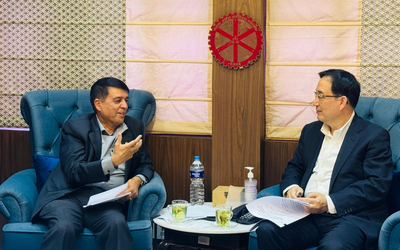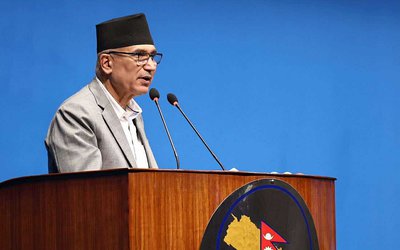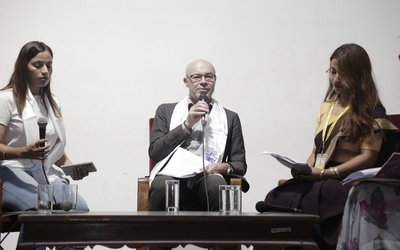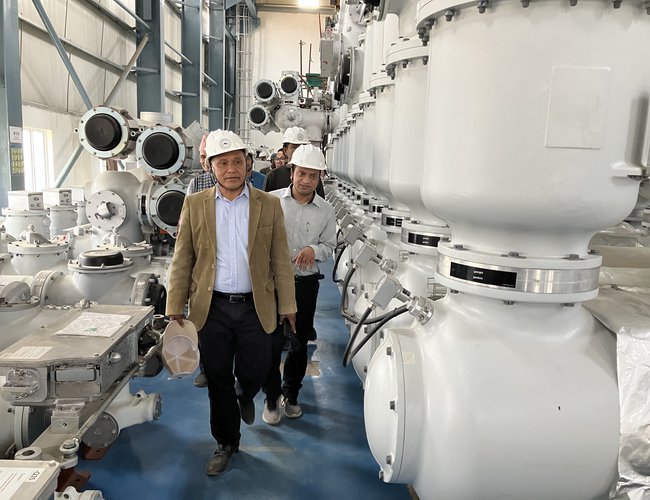
Kul Man Ghising, Managing Director of the Nepal Electricity Authority, lives by his commitments and passions. His drive and dedication are to help the government's goal of supplying electricity to everyone by 2025. Nepal can put an end to decades of load-shedding because of his commitment and determination.
He would readily spare his time to listen and whisper inside his secretariat as the leader of Nepal's largest public utility. A middle-class Tamang from the distant Ramechhap district, MD Ghising preferred to operate at the grassroots level, negotiating and conversing with ordinary people and political figures. At a time when NEA's projects have been suffering blockages, MD Ghising decides to visit the site to accelerate the construction operations and complete the projects in time.
MD Ghising has spent the majority of his weekend days at the disputed spots because there are blockages and disagreements practically everywhere. construction work and finish the projects on schedule.
During ordinary business hours, MD Ghsing is responsible for overseeing the daily operations of Nepal's largest public utility, which employs over 10,000 people and manages about 2500 Megawatts of power. In order to visit the places to remove the impediments, MD Ghising uses the weekend and public holidays that he was meant to spend with his family.
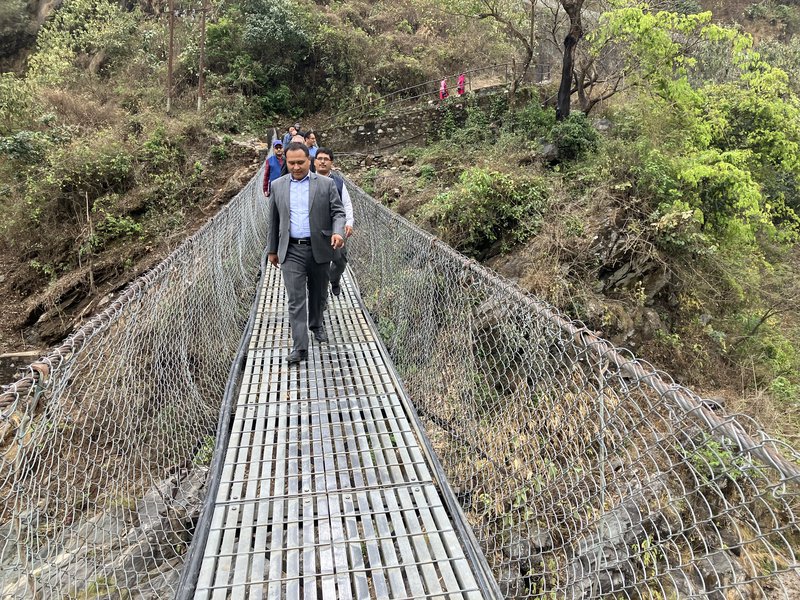
Hetauda-Inaruwa 400 kV, Naya-Khimti-Barabishe-Kathmandu 400 kV transmission line, and Kaligandaki corridor Parbet Phalebas were two highly contentious transmission line projects that MD Ghising inspected during the first three weeks of March. 102 MW Middle Bhotekoshi project,
After opening the 33-11 kV substation at Sarangghat, Bandipur Rural Municipality Ward No. 6, with Arnaud Cauchaois, country director of the Asian Development Bank, he traveled to several locations in Tanahu and met with the chief district officer of Lamjung District to discuss the problem of land claims for the 220 kV Marsyagndi Corridor Transmission line project.
Following his meeting, MD Ghising went to a meeting with Tanahu Hydro Power Company Limited's contractors, consultants, and authorities. He gave the concerned personnel instructions to finish the project by 2024 as planned.
“NEA has been putting all of its focus towards ensuring that all Nepalese families have access to energy. Our march is about to come to a close. To make this a reality, contractual arrangements have already been completed. Moreover, NEA has been trying to improve the supply and quality of electricity in the areas that are linked to the main grid.”
Also, he expressed his gratitude to the Asian Development Bank for its generous commitment to support for the construction of transmission lines and hydropower projects as well as improvements to access. He cites the Tanahu Hydropower Project and transmission lines as other examples.
Arnaud Cauchaois, country director for the ADB, noted that Nepal has made significant strides in the past ten years to expand access to energy. In contrast to Nepal's increase of 4.3 percent, he claimed that the average increase in access to electricity worldwide is 0.8% percent. He declared that ADB applauds the leadership of NEA's ongoing work. Additionally, he stated that the ADB would keep helping Nepal build its infrastructure.
On March 20 and 21, a joint high-level team led by NEA MD Ghsing and Arnaud Cauchaois, country director for ADB, spent two full days inspecting infrastructures that were currently being built and meeting with pertinent officials. Together with the powerhouse and main tunnel, the team also examined the headworks, river diversion, and tunnel.

MD Ghising gave the directions to complete the 140 MW Tanahu Hydropower Project on schedule during a joint meeting with the officials, contractors, and consultants on March 21 in Damauli.
Also, the team had conversations with the consultant and contractor for package 3 of the 220 kV Damauli Bharatpur Transmission line project. The project should be finished by May or June 2026.
Arnaud Cauchaois, the ADB's country director, also gave the contractors instructions to finish the project on time. He emphasized the significance and difficulty of package 1 and gave instructions to enhance both equipment and human resources.
There won't be a time extension, and the project ought to be finished on schedule, according to MD Ghishing. He gave instructions to workers to reach the deadline. He claimed that cutting slopes and diverting rivers are difficult, and he ordered contractors to add personnel and equipment. Kiran Kumar Shrestha, managing director of Tanahu Hydropower Company Ltd., provided an update on the project's status.
Obstructions in Transmission Lines
The majority of the strategically significant transmission line projects, many of which were started about a decade ago, have encountered obstacles and become blocked. The ongoing transmission line's completion is crucial for increasing domestic electricity availability and exporting excess electricity. Similar to the hydropower projects that are now being built, these projects also need to evacuate the electricity from them.
As the nation has pledged to provide electricity to all citizens by 2025, it is the sole responsibility of the Nepal Electricity Authority (NEA) to carry out its work. Ghising, the NEA's managing director, has come under pressure to do so and has already demonstrated his technical prowess by putting an end to two decades of load-shedding during his first term.
The removal of all barriers erected in the nation's major transmission and distribution projects is one of the issues facing this second administration. With the support of a vested set of political parties, the organizations that have been putting up barriers to the construction of transmission and distribution lines also possess considerable force. Nobody supports the NEA's efforts to eliminate the barriers, including local political leadership and common people.
Given this circumstance, NEA's MD Ghising has no choice but to visit the sites and talk about the problems with the locals, elected leaders, and concerned officials.
Hetauda-Dhalkebar-Inaruwa 400 kV Transmission line
The building of the 400 kV double circuit Hetauda-Dhalkebar-Inaruwa transmission line, which is crucial for strengthening Nepal's internal power transmission system and easing energy trade between Nepal and India, has encountered various obstacles during the past six years.
A high-level delegation led by MD Ghising met with the mayor of Hetauda Sub-metropolitan City, Mina Kumari Lama, and the chairs of wards 15 and 16, Sunil Moktan and Ramakrishna Koiral, to explore finding solutions to the issues.
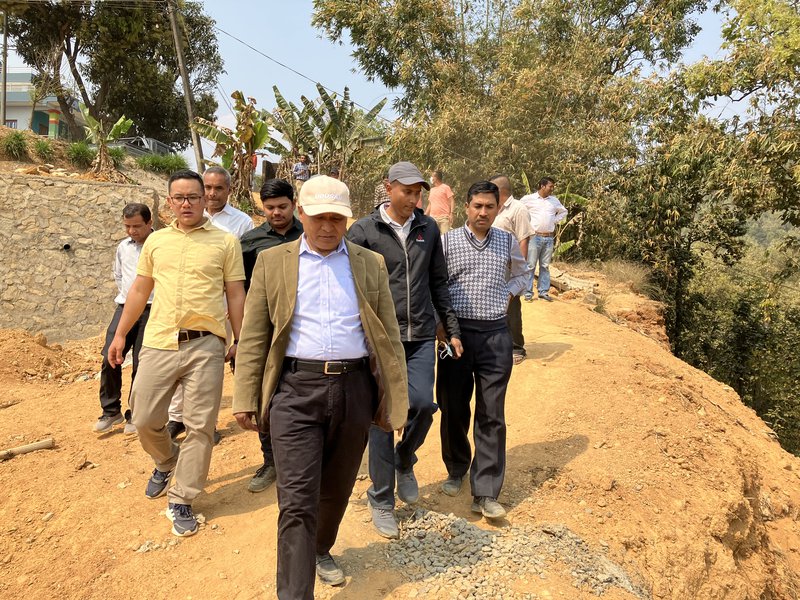
Ghising requested their collaboration in order to finish building the transmission line, provide a sufficient supply of electricity throughout the nation, and make it easier to trade electricity with India.
A contract was signed in February 2013 calling for the construction to be finished in 30 months. It was not possible to deliver energy from the Dhalkebar substation in Dhanusha due to insufficient line capacity as a result of the Hetaunda-Dhalkebar-Inaruwa 400 kV transmission line's construction being behind schedule. Only a 132 kV transmission line connects Dhalkebar to the western region at the moment.
The Dhalkebar substation cannot receive enough electricity, and the country's capacity to export excess electricity to India and import electricity when necessary has been hampered by a lack of transmission lines.
The 220 KV substation being built at Hetauda as part of the project is expected to be operational by June of this year. Moreover, the 400 kV substation being built in Hetauda is now close to being finished.
Kaligandaki corridor transmission line
MD Ghising visited Phalebas in the Parbat district as part of his mission to remove the blockage from the 220 kV Kaligandaki Corridor Transmission Line Project.
The villagers have been preventing the building of the transmission line for the past three years by demanding that the transmission line's path be changed. They claim that extending the transmission line along its current route will cause damage to a Devisthan school and stadium.
Due to the difficulty caused by the residents, work on four transmission line towers at Phalebas has been put on hold.
He spoke with the political leadership, including the mayor, deputy mayor, ward chairman, and DCC Chiar, and asked them to help remove the blockage.
Additionally, he urged the residents not to hinder the building of the transmission line because it is crucial for the transfer of power produced by the hydroelectricity projects that would be built in the Kaligandaki and its tributaries.
The first leg of the transmission line, which will span 39.6 kilometers from Dana in Annapurna Rural Municipality-3, Myagdi district, to Khurkot in Kushma Municipality-2, Parbat district, has already been built and is in use. Khurkot's 220/132 kV sub-station and Dana's 220/132/33 kV sub-station have both been built.
The 88 km transmission line under the second leg of the corridor from Kushma to the new Butwal sub-station at Bhumahi, Sunawal Municipality-13, and Nawalparasi is about finished.
Only four of the 235 towers in this segment are still under construction at Phalebas. According to project manager Ghosh, construction on the transmission line is expected to be finished by mid-July of this year.
MD Ghsing Visited Tamakoshi-Kathmandu 220/400 kV
Mid-July of this year is the deadline for completing the building of the Tamakoshi-Kathmandu 220/400 kV transmission line and substation, according to MD Ghsing, who recently inspected the Bahrabise substation under the project.

The crew has been given instructions by the NEA to finish building the New Khimti-Bahrabise, Bahrabise-Kathmandu, and Bahrabise substations by mid-July, and they have also promised to facilitate and coordinate the removal of any construction-related difficulties.
Under the project, a 132 kV transmission line measuring 14 km in length from Lapsephedi to Changunarayan in Bhaktapur, a 220/132/11 kV substation in Bahrabise, and a 400 kV double circuit measuring 46 km from Bahrabise to Lapsephedi in Kathmandu are all being built.
Moreover, 400/220/132/11 kV substations are being built in Lapsiphedi, Bahrabise, and New Khimti. To feed the Kathmandu Valley with power from the Tamakoshi and Sunkoshi rivers and their tributaries and to connect it to the national grid, work has begun on the Tamakoshi-Kathmandu transmission line and substation.
To build the substations in Bahrabise, the Chinese firms Guangxi Transmission and Substation Construction and Shenzhen Clou Electronics won the contract. Nevertheless, according to MD Ghising, their work isn't up to par.
A total of 71 towers have been built, and 17.5 km of wire has been extended, out of the 118 towers that were originally planned for the New Khimti-Bahrabise stretch of the transmission line.
Out of the 122 towers in the Bahrabise-Lapsephedi sector, 111 have had their foundations laid, and four more are currently having their foundations laid. Around 103 structures have been built thus far, and 12.5 km of wire have been added.
Project Madhya Bhotekoshi was also subject to an inspection by MD Ghsing. The 102 MW Madhya-Bhotekoshi Hydropower Project in Sindhupalchowk has approximately 95% of its work finished.
Mid-July of this year is the projected completion date for the project, which is being constructed under the direction of Chilime Hydropower, a division of the Nepal Electricity Authority (NEA).

The project's principal structures, including the dam and sand-settling pond, have all been built (referred to as "head works"). According to the NEA, protection work is now being advanced in the head works area.
The contracting company put forth a lot of effort and finished the job in roughly two years, according to NEA Ghising, managing director.
Ram Gopal Shiwakoti, the chief executive officer of the company, stated that since the contracting company's performance has improved, they are working on an integrated timetable with the aim of finishing the construction by mid-July.
MD Ghising spent a lot of time inspecting and visiting 456 MW Upper Tamakoshi during his first term. His diligent oversight was rewarded by the timely completion of Nepal's massive project. Similarly, several transmission line projects and the completion of the Kulekhani III and Trishuli 3 A, Chameliya were significant milestones.
During his second term, he has been working hard to finish the hydropower projects by its subsidiary Chilime as well as the strategically significant transmission line projects. For this, MD Ghising has been spending his weekend time on the project sites rather than with family. MD Ghising is in a haste that will probably last the duration of his second term.
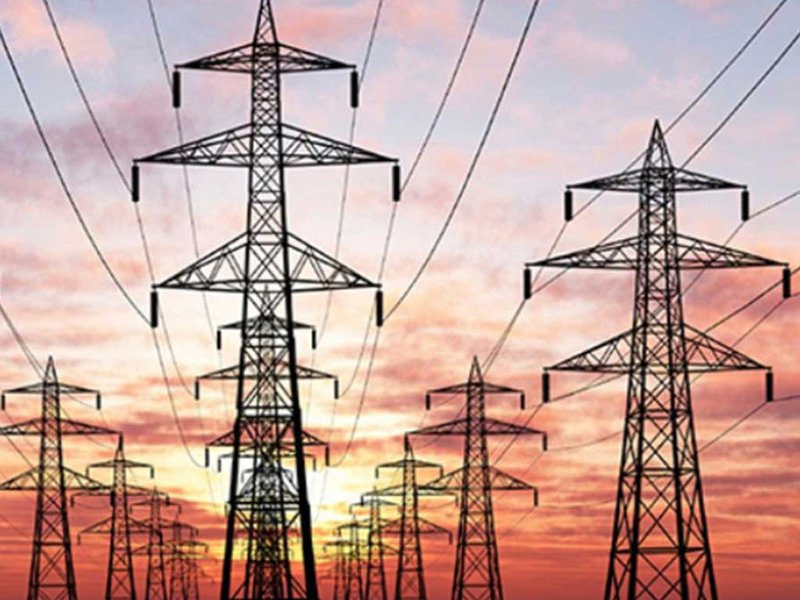

Keshab Poudel
Poudel is the editor of New Spotlight Magazine.
- FOURTH PROFESSOR Y.N. KHANAL LECTURE: Nepal-China Relations
- Jun 23, 2025
- Colonel JP CROSS: Centenary Birthday
- Jun 23, 2025
- REEEP-GREEN: Empowering Communities with MEP
- Jun 16, 2025
- BEEN: Retrofitted For Green
- May 28, 2025
- GGGI has been promoting green growth in Nepal for a decade: Dr. Malle Fofana
- May 21, 2025

